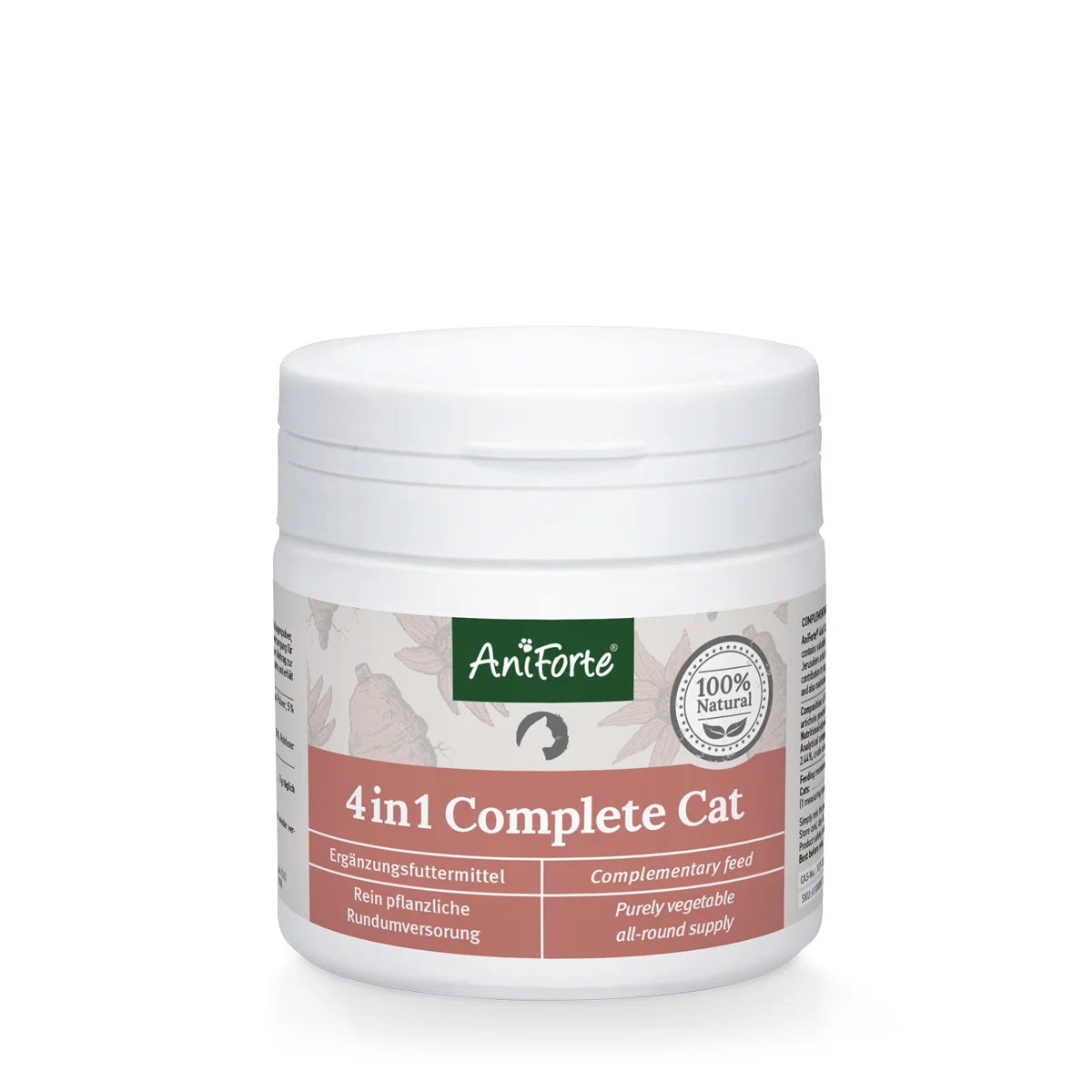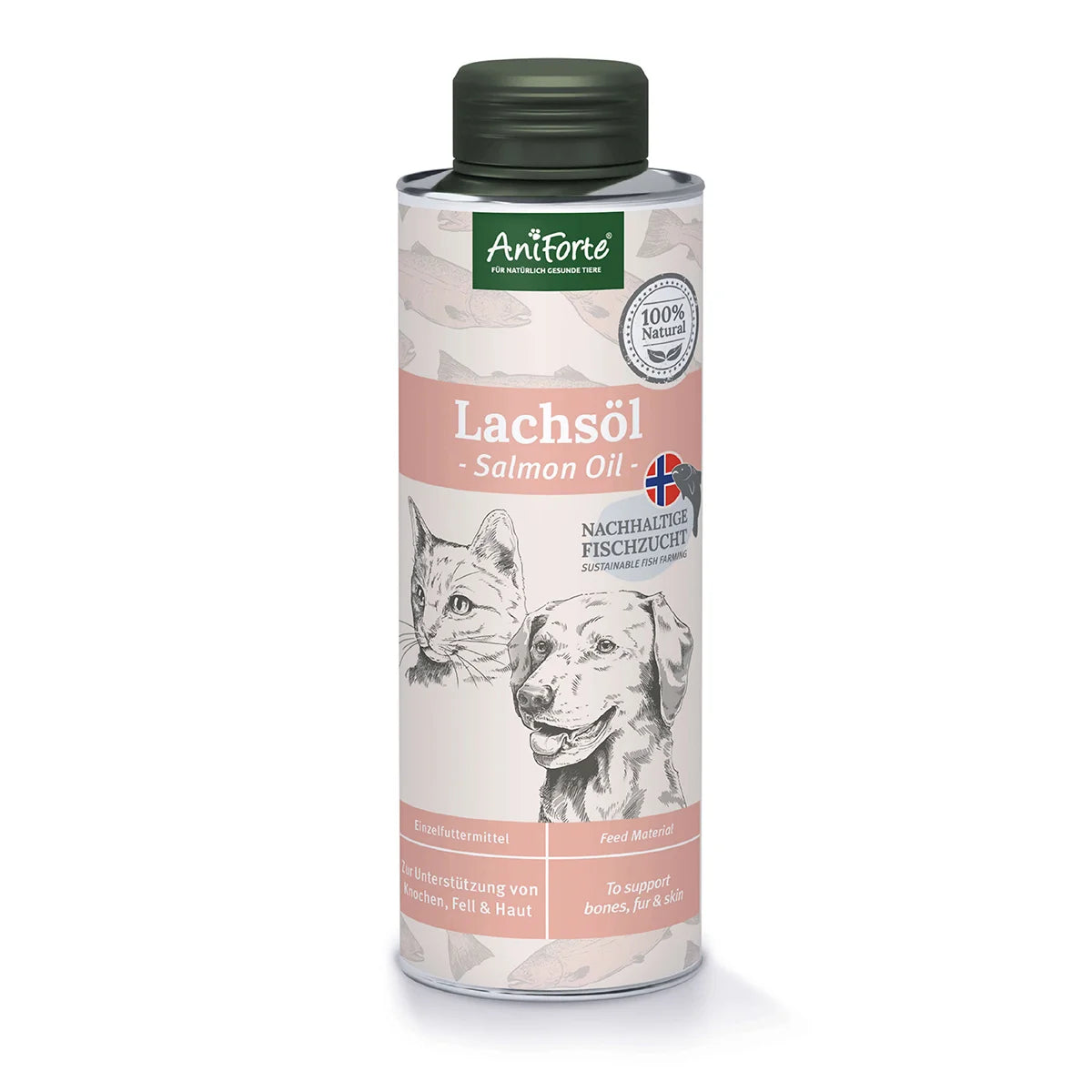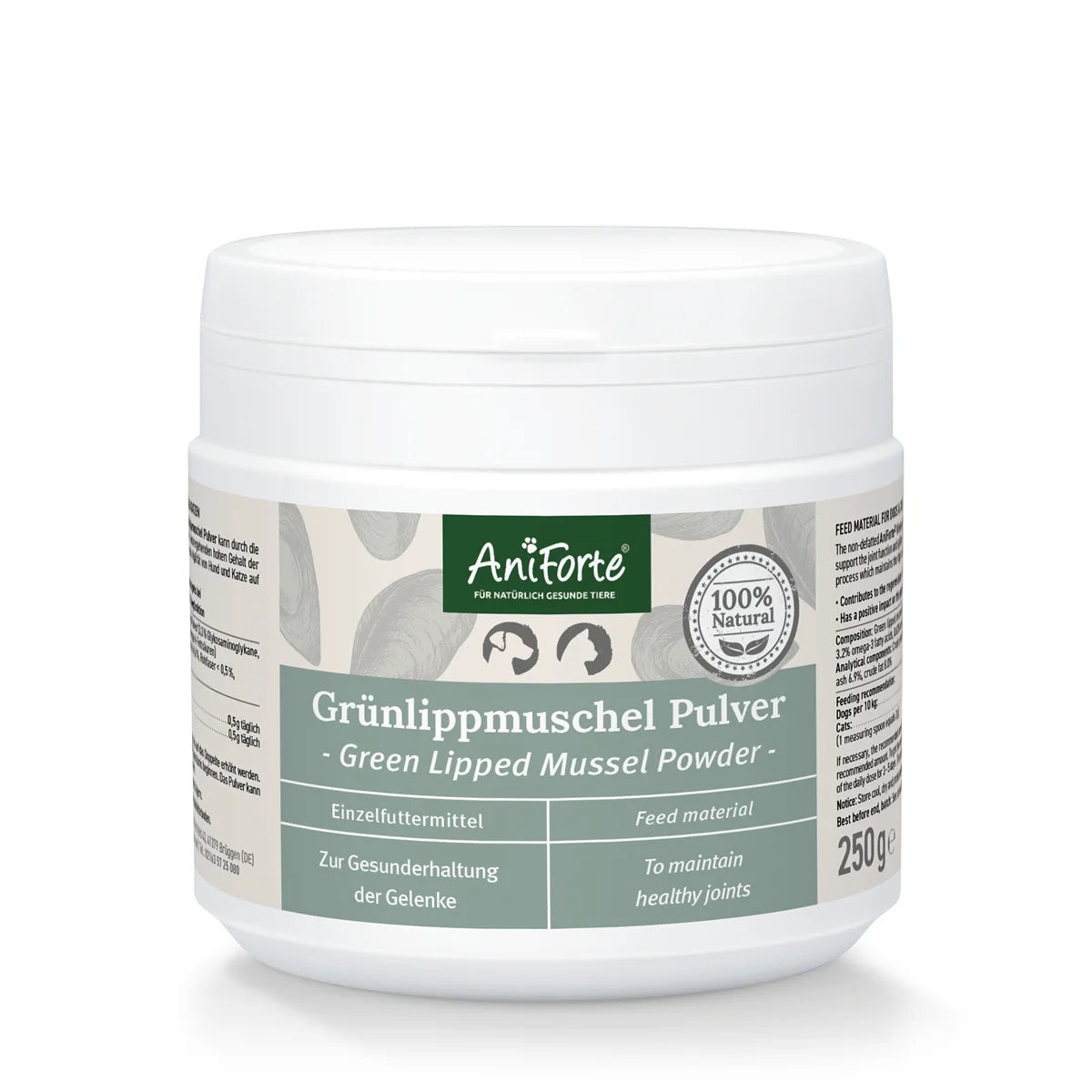If your dog starts to limp, there can be a number of different causes. Regardless of the trigger, the symptoms are usually painful. As a pet owner, you want nothing more than to be able to help your little friend. We interviewed Veterinarian Dr. Philipp Schledorn to find out how to differentiate between the individual diseases and how best to prevent them.
What could be wrong if I suddenly see my dog use a hopping gait?
Veterinarian: A hopping gait often indicates patella dislocation. The dog's kneecap (patella) jumps out of its guide groove. Depending on whether the kneecap can be returned to its natural place by a veterinarian, a distinction is made between grades 1-4. The dog tries to spare his hind limbs because of the pain and this is how his hopping gait develops.
Does patella luxation occur in all breeds?
Veterinarian: especially in small dogs such as Chihuahuas, Spitz, Poodles and Yorkshire Terriers the kneecaps jump out of their guide groove more often. Then the most important question is the severity of the dislocation. The chances of recovery depend on severity as well.
As a dog owner, what can I do for my four-legged friend in the event of a patella luxation?
Veterinarian: It depends on the severity of the dislocation. If a slight grade of 1-2 is determined, then the veterinarian will advise conservative therapy. Only in severe cases (grades 3-4), the dog needs surgery, where we try to deepen the kneecap’s guide groove so that it can no longer jump out. In addition, the insertion of the patella ligament is being offset. The chances of recovery after this surgery are very good for small dogs up to severity 3, for larger breeds and severity 4 the chances of recovery are also good if the operation is successful.
What other clinical picture leads to paralysis in dogs?
Veterinarian: Hip dysplasias, i.e. malformations of the hip joints, are still a major problem. The socket and femoral head do not fit correctly and therefore cause pain for the animal with every movement.
What Causes Hip Dysplasia in Dogs?
Veterinarian: these problems are hereditary or due to poor nutrition. Young dogs who receive food that makes them grow very quickly often develop hip dysplasia. This is due to the fact that the rapid weight gain constantly puts stress on the joints and they wear out unnaturally. This also creates joint arthrosis, which is painful for the dog.
What can I pay attention to when buying feed to prevent this rapid weight gain?
Veterinarian: The food should not contain excessive calcium. Many dog owners believe that they are doing something good for their puppy in the growth phase, but in the end they harm their dog without being aware of it.
How can hip dysplasia be diagnosed?
Veterinarian: we can confirm the diagnosis with X-rays and a lameness examination of the dog. Since all races and sizes can be equally affected by this disease, early detection would of course be best. Unfortunately, in contrast to the human skeleton, that of the puppy dog is very bony and does not allow early diagnosis. Hip dysplasia can only be clearly identified in a young dog if he does not want to jump properly or if his hind limbs are affected, which we can detect for instance from difficulty getting up.
Are there any prospects for a cure for a dog hip misalignment?
Veterinarian: Unfortunately, the only way to relieve the animal of unnecessary agony is through a difficult operation. That is why it is best to see a specialist. In the event of a successful operation, the dog can be given back his quality of life.
Can such a misalignment also affect the dog's front limbs?
Veterinarian: Yes, there is also elbow dysplasia, which unfortunately has similar hereditary as well as diet-related causes as hip dysplasia. There are undesirable developments in various bony structures that are involved in the formation of the elbow joint. These are usually the ulna, radius and upper arm.
Can only surgery help with elbow dysplasia?
Veterinarian: It is important that the dog can be surgically treated quickly. In this case, too, we determine this through an X-ray diagnosis. Therefore, the dog owner should take the pet to the veterinarian at an early stage if limping occurs. After an operation, feed supplements to support the musculoskeletal system or physiotherapy can accompany the healing process.
Can limping also occur due to a cruciate ligament tear like we know in humans?
Veterinarian: Of course, dogs can also tear their anterior cruciate ligament and accordingly no longer want to strain these limbs. Depending on whether the cruciate ligament is completely or only partially torn, the hind limbs are often limping.
Does the cruciate ligament tear affect all dog breeds equally?
Veterinarian: No, in this case large and heavy breeds are particularly affected, such as the Newfoundland dog, German shepherd, Stafford terrier and Doberman. But it can also catch smaller breeds such as the Jack Russell Terrier.
How dangerous is a cruciate ligament tear for dogs?
Veterinarian: A cruciate ligament cannot heal back together without surgery. If left untreated, there is an increased risk that the other cruciate ligament will also tear. Therefore, the faster the patient can be treated surgically, the better. During the operation, we replace the cruciate ligament and the dog can walk completely normally again.
Are there any other possible causes for a dog to limp?
Veterinarian: Yes, the spine can also be the trigger: so-called spondylosis causes ossification, often related to the dog’s age.
How do I recognise spondylosis?
Veterinarian: The dog finds it difficult to get up and generally shows reduced (play) activity. He also has back pain.
How does the spondylosis treatment process work?
Veterinarian: This form of lameness cannot be treated surgically. In veterinary medicine, pain-relieving therapies and physiotherapy are used in spondylosis in order to keep the suffering of the old dogs as minimal as possible.
Are there herniated discs in dogs that can lead to paralysis?
Veterinarian: Absolutely, this process of narrowing the spinal cord is particularly dangerous. Dogs can often no longer walk after a severe herniated disc. Affected regions are e.g. the cervical spine, the chest or the lumbar spine.
How do I recognise a herniated disc in my dog?
Veterinarian: Lumbago can be the harbinger of discopy (= slipped disc). Then the dog shows temporary paralysis, even to a minor extent, in one or more limbs. You should definitely watch carefully for these signs, because the herniated disc must be detected early in order to receive surgical treatment. The earlier this happens, the more certain our animal patient will achieve full recovery.
Which dog breeds are particularly at risk of having a herniated disc?
Veterinarian: These are the dachshund, french bulldog, beagle and poodle. But also somewhat larger breeds such as the basset, the shepherd, the Pekingese and the cocker spaniel can get a herniated disc. If you observe any symptoms in your pet, please always consult a veterinarian immediately.
As a dog owner, what can I do preventively to keep the musculoskeletal system of my four-legged friend fit?
Veterinarian: A balanced, natural diet and selected food supplements can support the musculoskeletal system of both older and younger animals. Green-lipped mussel capsules or powders in particular can help with joint problems. Nevertheless, you should get detailed advice on what suits your animal. Otherwise, unfortunately, the only prevention are regular visits with the vet or animal health practitioner and your own vigilance in the event of symptoms.






